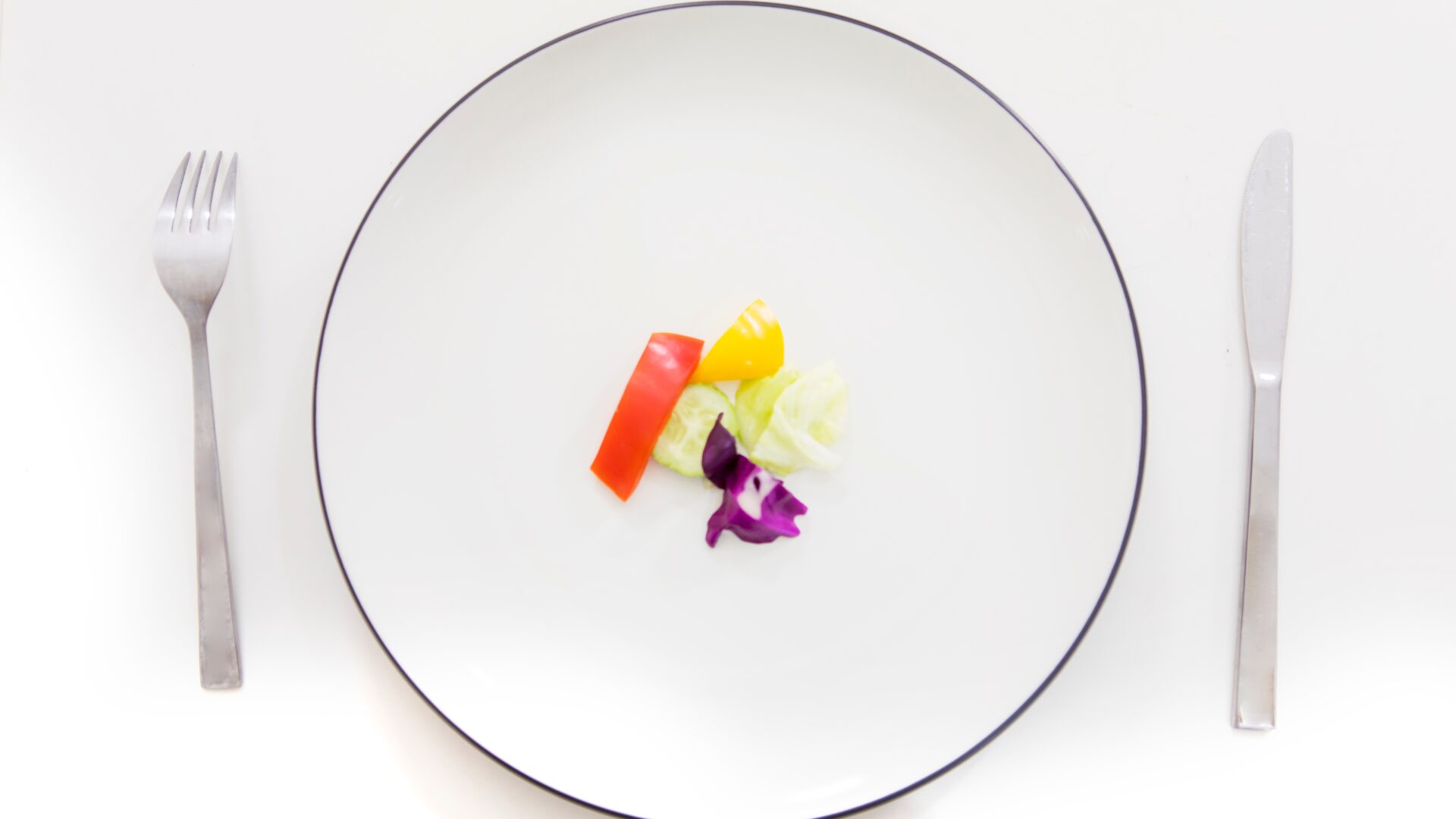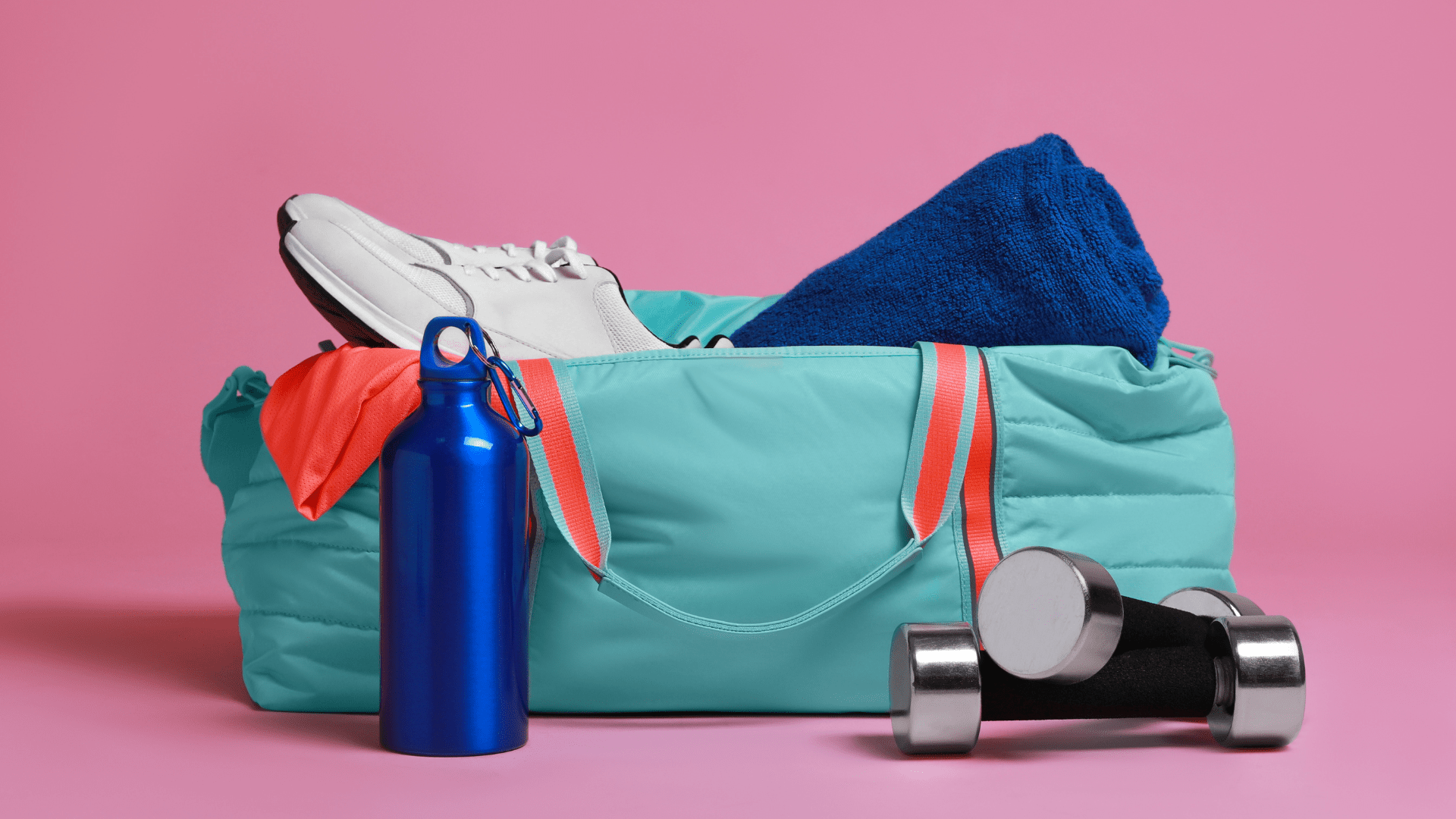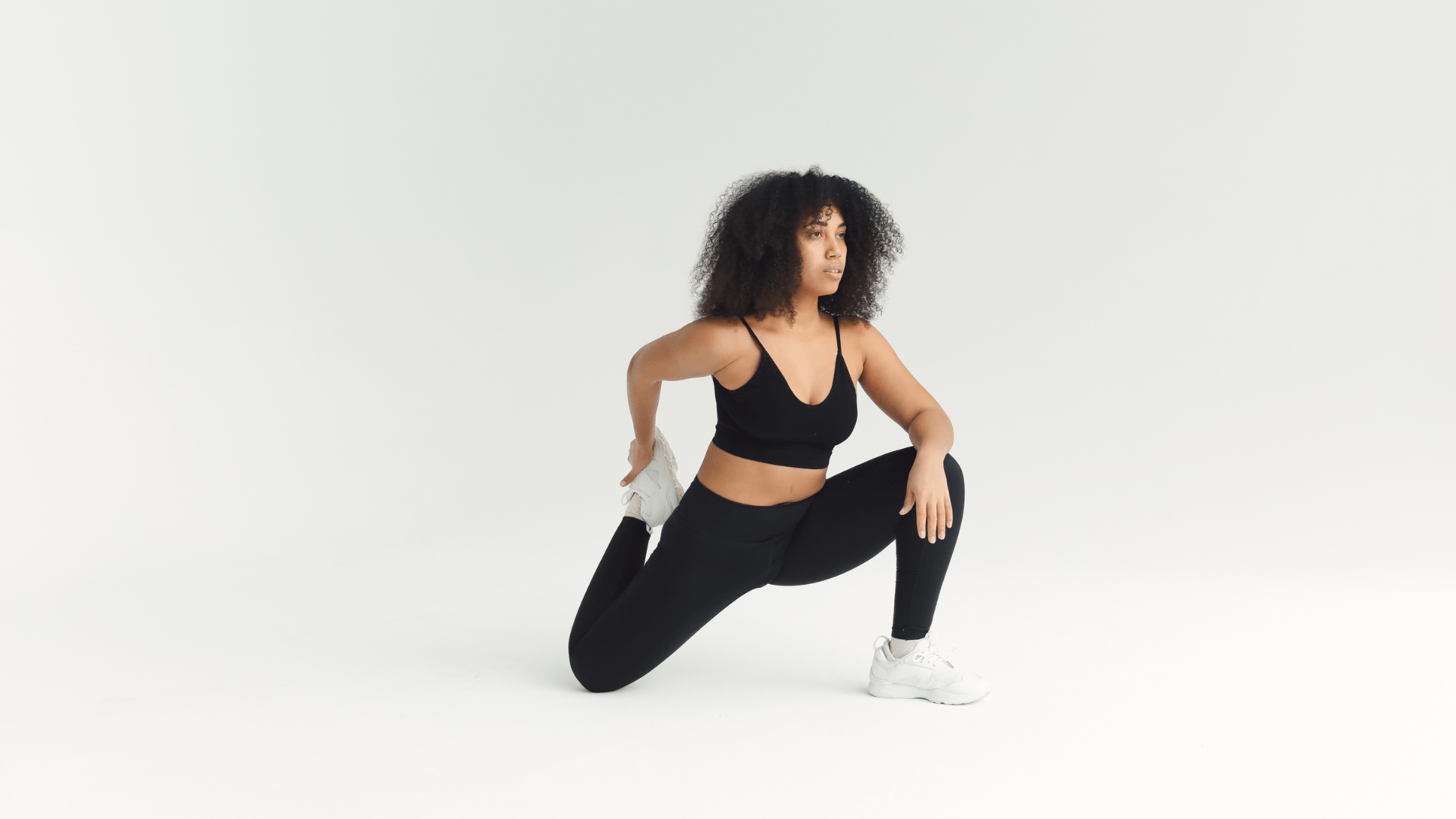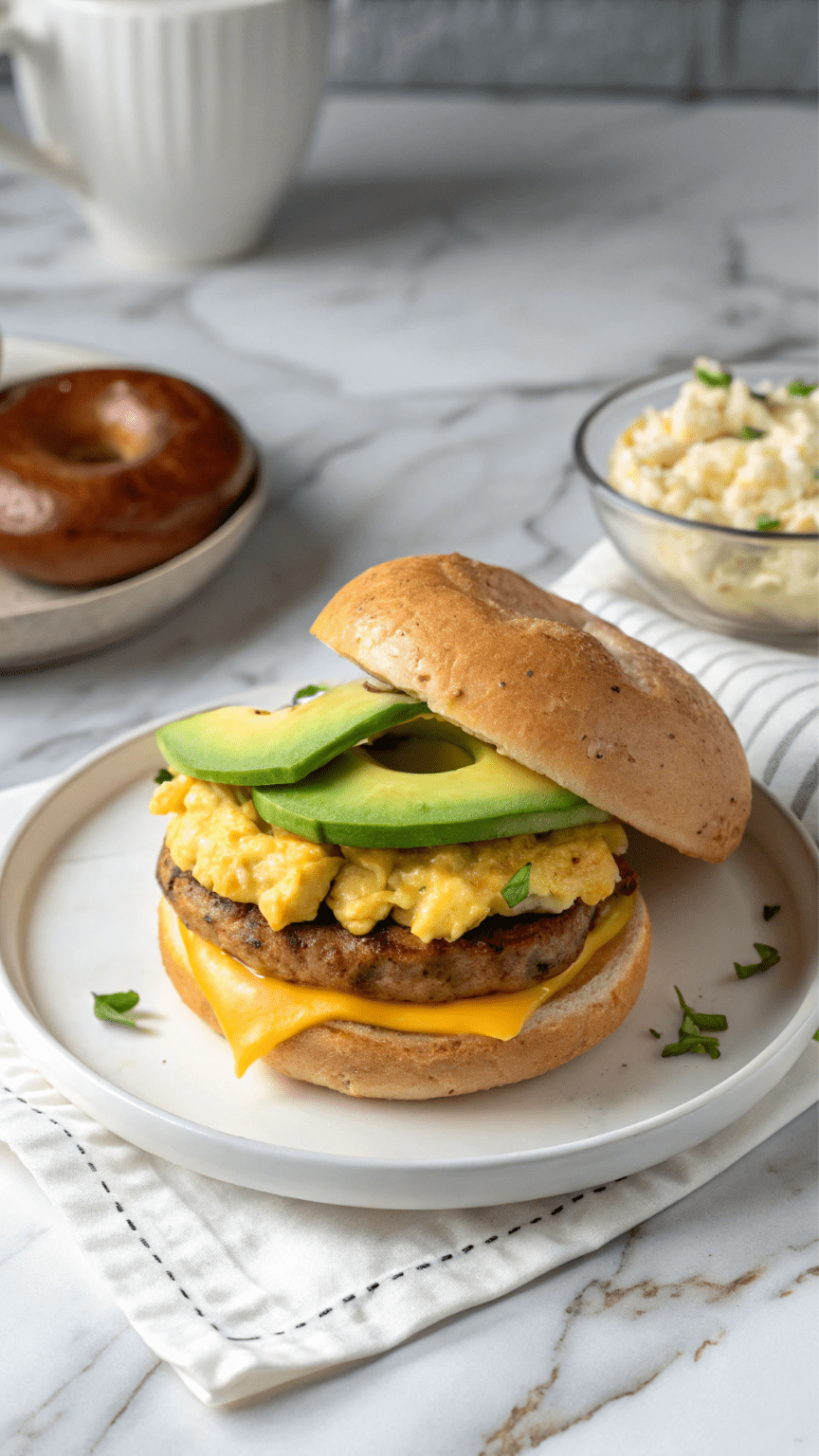10 Effective Tips to Lose Inches Off Your Waist

Are you looking to shed inches off your waistline and achieve a slimmer, more defined physique? Look no further!
In this article, we will provide you with 10 effective tips to help you achieve your waist-shrinking goals. From incorporating nutritious foods into your diet to following targeted exercises, these tips will guide you on your journey to a trimmer waistline.
Get ready to feel confident and proud of your body as you implement these tried and tested techniques. Say goodbye to excess inches and hello to a healthier, leaner you!
Proper Diet and Nutrition
Calorie Deficit
To lose inches off your waist, it is important to create a calorie deficit. This means that you consume fewer calories than your body needs for daily activities and functions. By doing so, your body will start using stored fat as a source of energy, which can result in weight loss and a reduction in waist size. However, it is essential to create a moderate calorie deficit to ensure that your body receives all the necessary nutrients for optimal health.
Balanced Macronutrients
In addition to a calorie deficit, it is crucial to focus on consuming a balanced ratio of macronutrients – carbohydrates, proteins, and fats. Each macronutrient plays a specific role in the body, and finding the right balance can help support weight loss and waist reduction. A diet rich in lean proteins, whole grains, healthy fats, and plenty of fruits and vegetables can provide the necessary nutrients while keeping you satisfied and energized throughout the day.
Fiber-Rich Foods
Incorporating fiber-rich foods into your diet can be beneficial for waist reduction. Foods such as fruits, vegetables, whole grains, and legumes are excellent sources of fiber. Fiber has the ability to keep you feeling full for longer periods, which can prevent overeating and unnecessary snacking. Additionally, fiber aids in digestion and helps maintain a healthy gut, promoting overall well-being.
Hydration
Drinking an adequate amount of water throughout the day is essential for overall health and can also support waist reduction. Staying hydrated can help control your appetite, boost your metabolism, and improve digestion. Aim to drink at least eight glasses (64 ounces) of water each day, and consider replacing sugary beverages with water to further support your weight loss goals.
Regular Cardiovascular Exercise
Aerobic Exercises
Engaging in regular aerobic exercises is an effective way to burn calories and promote waist reduction. Activities such as brisk walking, jogging, cycling, and dancing can elevate your heart rate and help you shed those extra inches. Aim for at least 150 minutes of moderate-intensity aerobic exercise per week or 75 minutes of vigorous-intensity exercise for optimal results.
High-Intensity Interval Training (HIIT)
HIIT workouts involve short bursts of intense exercise followed by intervals of rest or lower intensity. This form of exercise not only improves cardiovascular fitness but also helps burn calories and fat, including the stubborn belly fat that contributes to waist circumference. Incorporate HIIT exercises like burpees, jump squats, and mountain climbers into your workout routine to accelerate waist reduction.
Swimming or Cycling
Swimming and cycling are low-impact exercises that can effectively target the waist area. These activities engage multiple muscle groups while providing a cardio workout. Whether you prefer a leisurely swim or a challenging bike ride, incorporating these activities into your routine can contribute to a smaller waistline and improved overall fitness.
Boxing or Kickboxing
Boxing and kickboxing are high-intensity workouts that engage the core muscles and require constant movement and coordination. These activities can help improve cardiovascular health, burn calories, and tone the waist area. Consider joining a boxing or kickboxing class or incorporating these exercises into your routine with the guidance of a professional trainer.
Strength Training and Core Exercises
Compound Movements
Incorporating compound movements into your strength training routine can help target multiple muscle groups, including the core muscles. Exercises such as squats, deadlifts, lunges, and push-ups not only build strength but also increase calorie burn and promote waist reduction. Including compound movements in your workouts two to three times per week can help sculpt your waistline and contribute to a leaner appearance.
Planks and Side Planks
Planks and side planks are excellent exercises for strengthening the core muscles, including the obliques, which are responsible for waist definition. Start by holding a traditional plank position for 30 to 60 seconds, gradually increasing the duration as your strength improves. Side planks can be performed by balancing on one forearm and the side of your foot, holding the position for 30 seconds on each side. Regular practice of planks and side planks can help tighten and tone your waist.
Russian Twists
Russian twists are an effective exercise for targeting the obliques and waist area. Start by sitting on the floor with your knees bent and feet lifted off the ground. Lean back slightly, engage your core, and twist your torso from side to side, touching the floor with your hands. Perform 2 to 3 sets of 12 to 15 repetitions regularly to strengthen your waist muscles and promote a more defined waistline.
Bicycle Crunches
Bicycle crunches are another great exercise for engaging the abdominal muscles and sculpting the waist. Lie on your back, lift your legs off the ground, and bring your opposite elbow to the opposite knee in a bicycling motion. Aim for 2 to 3 sets of 12 to 15 repetitions, gradually increasing the intensity and duration of the exercise. Incorporating bicycle crunches into your routine can help strengthen your core and contribute to waist reduction.
Portion Control and Mindful Eating

Smaller Plate Size
When it comes to portion control, using smaller plates can be a helpful strategy. Research suggests that people tend to consume more food when their plates are larger, leading to overeating and weight gain. By using smaller plates, you can naturally reduce portion sizes and feel satisfied with less food, promoting weight loss and waist reduction.
Eating Slowly
Eating slowly and mindfully is an effective technique for portion control and promoting a healthier relationship with food. When you eat slowly, you give your brain time to recognize when you are full, reducing the chances of overeating. Take the time to savor each bite, chew thoroughly, and put your fork down between each bite. This mindful approach to eating can help you listen to your body’s hunger and fullness cues and support your weight loss goals.
Listening to Your Body
Listening to your body’s signals of hunger and fullness is essential for effective portion control. Pay attention to physical cues such as stomach rumbling and feelings of fullness, rather than relying on external factors like portion sizes or social norms. Eat when you are hungry and stop eating when you are satisfied, even if there is food left on your plate. This intuitive eating approach can help you maintain a healthy waistline while honoring your body’s needs.
Avoiding Emotional Eating
Emotional eating often leads to consuming excess calories and unhealthy food choices, which can hinder weight loss efforts and contribute to waist gain. In order to avoid emotional eating, it is important to find alternative ways to cope with emotions such as stress, sadness, or boredom. Engage in activities like exercise, journaling, or talking to a trusted friend or family member to address emotional needs without turning to food.
Reducing Sugar and Processed Food Intake
Limiting Added Sugars
Reducing sugar consumption is crucial for achieving a smaller waistline. Added sugars found in processed foods, sugary drinks, desserts, and snacks can contribute to weight gain and increase the risk of various health problems. Begin by reading food labels and avoiding products that contain high amounts of added sugars. Instead, opt for natural sweeteners like fruits or use small amounts of honey or maple syrup when necessary.
Avoiding Sugary Drinks
Sugary drinks, such as soda, juice, and energy drinks, are a major source of empty calories and can significantly contribute to waist gain. These beverages are often high in added sugars and offer little to no nutritional value. Choose water, unsweetened tea, or infused water as healthier alternatives to quench your thirst and support your weight loss goals.
Choosing Whole Foods
Processed foods are typically high in unhealthy fats, sodium, and added sugars, which can contribute to weight gain and hinder waist reduction. Opt for whole foods, such as fruits, vegetables, whole grains, lean proteins, and healthy fats. These foods not only provide essential nutrients but are also lower in calories, making them an ideal choice for waist-friendly meals and snacks.
Reading Food Labels
Reading food labels can provide valuable information about the nutritional content of the foods you consume. Pay attention to the ingredient list, added sugars, and portion sizes. Choose products with minimal ingredients, no added sugars, and reasonable portion sizes. This practice can help you make informed choices and avoid foods that may hinder your waist reduction efforts.
Increasing Protein Intake
Lean Protein Sources
Consuming adequate amounts of protein is essential for muscle growth, metabolism, and satiety. Include lean sources of protein in your diet, such as skinless chicken breast, lean beef, fish, tofu, low-fat dairy products, and legumes. These protein-rich foods can help you feel full for longer and support muscle development, which in turn can contribute to a smaller waistline.
Including Plant-Based Proteins
Plant-based proteins are an excellent choice for those following a vegetarian or vegan lifestyle. Foods like lentils, chickpeas, quinoa, tempeh, and seitan are great sources of protein and can be incorporated into various delicious recipes. By including plant-based proteins in your meals, you can diversify your protein intake and support healthy weight loss and waist reduction.
Protein-Packed Breakfast
Starting your day with a protein-rich breakfast can help control your appetite, regulate blood sugar levels, and support weight loss efforts. Opt for options such as eggs, Greek yogurt, cottage cheese, or a protein smoothie. These breakfast choices are not only delicious but also provide a good amount of protein to keep you full and energized throughout the morning.
Protein Shakes or Bars
Protein shakes or bars can be a convenient and satisfying snack option, especially when you’re on the go. Look for protein shakes or bars that have minimal additives, sugars, and artificial ingredients. These portable protein options can provide a quick and easy way to increase your protein intake and contribute to your waist reduction goals.
Managing Stress Levels
Regular Exercise
Regular exercise has multiple benefits, including stress reduction. Engaging in physical activity triggers the release of endorphins, which are natural mood boosters. Find an exercise routine that you enjoy and make it a priority in your daily schedule. Whether it’s a brisk walk, a yoga class, or dancing, incorporating regular exercise can help alleviate stress and support your waist reduction journey.
Meditation
Meditation is a powerful tool for managing stress and promoting overall well-being. Taking just a few minutes each day to sit quietly, focus on your breath, and let go of stressful thoughts can have a profound impact on your mental and emotional state. Consider using guided meditation apps or joining a meditation class to learn and practice different techniques that can support your stress management efforts.
Deep Breathing Techniques
Deep breathing exercises are simple yet effective techniques to instantly reduce stress and promote relaxation. Practice deep belly breathing by inhaling deeply through your nose, allowing your abdomen to expand, and exhaling slowly through your mouth. Repeat this pattern several times, focusing on each breath. Deep breathing can activate the body’s relaxation response, relieve tension, and help you stay calm even in challenging situations.
Quality Sleep
Getting enough quality sleep is crucial for managing stress and supporting your waist reduction goals. Aim for 7 to 9 hours of uninterrupted sleep each night. Establish a bedtime routine that promotes relaxation, such as taking a warm bath, reading a book, or practicing gentle stretching. Creating a sleep-friendly environment by keeping your bedroom cool, dark, and quiet can also contribute to a restful night’s sleep and overall stress reduction.
Getting Sufficient Sleep
Consistent Sleep Schedule
Maintaining a consistent sleep schedule is essential for optimizing sleep quality and regulating your body’s internal clock. Aim to go to bed and wake up at the same time every day, even on weekends. By establishing a regular sleep routine, your body will naturally become accustomed to a certain sleep-wake cycle, promoting better overall sleep and supporting waist reduction.
Creating a Bedtime Routine
Creating a bedtime routine can help signal to your body that it’s time to wind down and prepare for sleep. Include relaxing activities such as reading, listening to calming music, or practicing gentle stretching or yoga. By creating a consistent routine and engaging in calming activities before bed, you can improve sleep quality and promote waist reduction.
Sleep Environment Optimization
Creating a sleep-friendly environment can contribute to better sleep quality and help you achieve a smaller waistline. Make sure your bedroom is cool, quiet, and dark to promote a restful night’s sleep. Consider using blackout curtains, earplugs, or a white noise machine to create an optimal sleep environment. Investing in a comfortable mattress and pillows that support your sleep position can also enhance sleep quality and overall well-being.
Avoiding Stimulants
Stimulants such as caffeine, nicotine, and alcohol can disrupt your sleep patterns and hinder waist reduction efforts. Limit your consumption of these substances, especially in the hours leading up to bedtime. Choose decaffeinated beverages, herbal teas, or warm milk as relaxing alternatives to promote better sleep. By avoiding stimulants, you can improve sleep quality and support your overall health and well-being.
Avoiding Abdominal Bloating

Reducing Gas-Producing Foods
Certain foods can cause gas and bloating, which can make your waistline appear larger. Common culprits include beans, lentils, cruciferous vegetables (like broccoli and cabbage), onions, and carbonated drinks. If you notice that these foods cause bloating, consider reducing or eliminating them from your diet. Opt for alternatives that are easier to digest, such as lean proteins, vegetables like spinach and zucchini, and non-carbonated beverages.
Limiting Carbonated Drinks
Carbonated drinks, such as soda and sparkling water, can introduce air into your digestive system, leading to bloating and discomfort. Limiting or avoiding these beverages can help reduce abdominal bloating and promote a flatter waistline. If you crave a fizzy drink, opt for natural seltzers or flavored water without added sugars or artificial sweeteners.
Eating Smaller Portions
Overeating and consuming large portions can stretch your stomach, leading to a distended waistline and bloating. Practice portion control by listening to your body’s hunger and fullness cues, eating slowly, and stopping when you feel satisfied. By eating smaller portions, you can prevent bloating and promote a flatter stomach.
Chewing Food Thoroughly
Properly chewing your food can aid digestion and prevent bloating. Take the time to thoroughly chew your meals, allowing your saliva to break down the food particles and aiding in the digestive process. Eating slowly and mindfully will not only reduce the risk of bloating but also allow you to enjoy your food and support your waist reduction journey.
Tracking Progress and Staying Motivated
Taking Body Measurements
Tracking your progress by taking body measurements can provide valuable insights into your waist reduction journey. Measure your waist circumference regularly to monitor changes in size and provide motivation along the way. Remember that numbers are not the only indicator of progress – how you feel and how your clothes fit are also important markers of success.
Keeping a Food and Exercise Diary
Maintaining a food and exercise diary can be a powerful tool for weight loss and waist reduction. Recording what you eat, drink, and the exercises you perform allows you to identify patterns, track progress, and make adjustments as needed. It also helps create a sense of accountability and can serve as a source of motivation as you witness your efforts paying off.
Rewarding Milestones
Setting small, achievable goals and rewarding yourself when you reach them can help you stay motivated on your waist reduction journey. Treat yourself to non-food rewards like a spa day, new workout gear, or a massage. Celebrating milestones along the way not only boosts morale but also reinforces healthy habits and encourages you to keep pushing towards your ultimate goal.
Finding Support
Embarking on a waist reduction journey can sometimes feel challenging, so having a support system can make all the difference. Share your goals with friends, family, or join a supportive community or weight loss group. Connecting with others who share similar aspirations and challenges can provide encouragement, accountability, and a sense of belonging. Remember, you are not alone on this journey, and there are people ready to cheer you on every step of the way.
In conclusion, losing inches off your waist requires a multi-faceted approach that includes proper diet and nutrition, regular cardiovascular exercise, strength training and core exercises, portion control, reducing sugar and processed food intake, increasing protein intake, managing stress levels, getting sufficient sleep, avoiding abdominal bloating, and tracking progress and staying motivated.
By implementing these tips into your daily routine and making sustainable lifestyle changes, you can achieve your waist reduction goals and improve your overall health and well-being. Remember to consult with a healthcare professional before making any significant changes to your diet or exercise routine.
Stay dedicated, stay positive,
and enjoy the journey to a healthier,
more confident you!
Share:
Related Posts

The Best Gym Bags for Women in 2025 (Cute, Stylish & Functional!)
Tired of your old gym bag? Discover the best cute, stylish, and functional gym bags for women. From chic totes to versatile backpacks with shoe compartments, find the perfect bag to take you from workout to weekend in style.

From Bloating to Balance: Fermented Foods for Gut Health: What Women Should Know
Feeling bloated or hormonally imbalanced? Your gut may hold the key. Discover the best fermented foods for women’s health, how they improve digestion, mood, and hormonal balance, and how to easily add them to your diet.

Unleash Your Lower Body Power: The Best Compound Exercises to Grow Your Legs Fast
Want to build strong, sculpted legs quickly? Discover the most effective compound exercises for women that target multiple leg muscles simultaneously for faster growth and a powerful lower body. Say hello to leg day gains!

The Ultimate High-Protein Breakfast Bagel
Upgrade your morning with the ultimate high-protein breakfast bagel! This recipe stacks a toasted bagel with a cheesy cottage cheese egg scramble, savory sausage, and creamy avocado for over 40g of protein.






